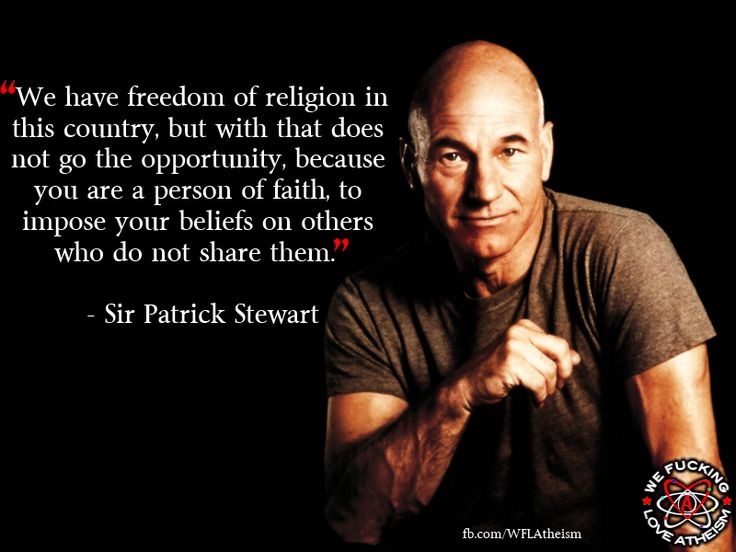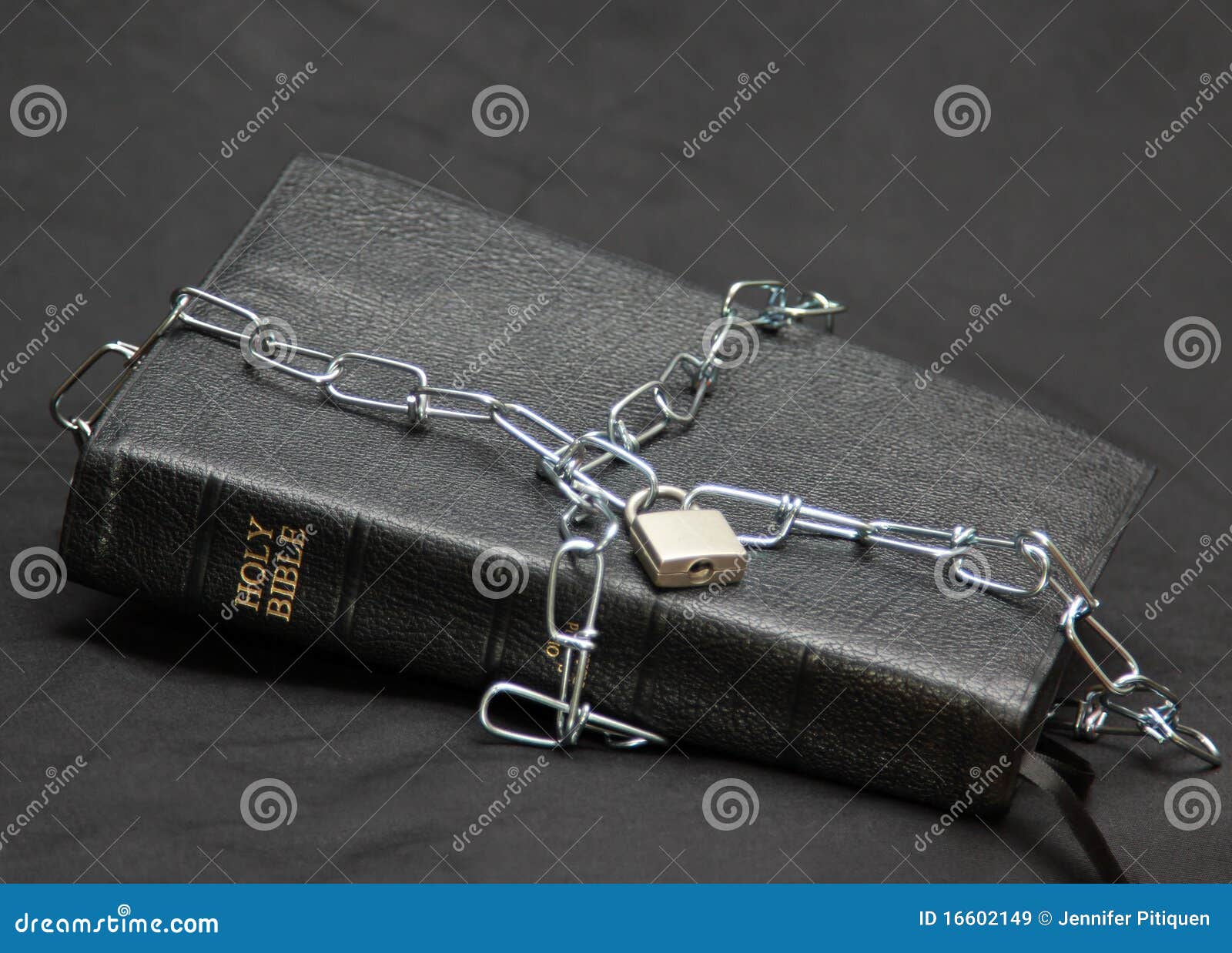

history, “religious freedom” itself has been consciously and unconsciously equated with (and thus restricted to) hegemonic representations of Christianity. Chief among them is the way that, for much of U.S. has been fraught with contradictions that persist today.

This brief overview reveals how from its earliest history, “religious freedom” in the U.S. Even then, dominant representations of Protestant Christianity persisted well into the twentieth century, and beyond in the form of common practices, such as Bible readings and recitation of the Lord’s Prayer in public schools (ruled unconstitutional in the 1960s), the weekly calendar where Sundays still hold special status (government offices are closed and many forms of commerce offer limited hours and services), and in the fact that all of our Presidents and an overwhelming majority of elected officials have been, or are, at least nominally Christian. It wasn’t until passage of the Fourteenth Amendment in 1868 that the religion clauses of the First Amendment were also applied to the states. This included the right to maintain an official state religion, such as Congregationalism in New Hampshire, Connecticut, and Massachusetts, and Anglicanism in Maryland, New York, and Carolina.
#Freedom of religion free
“Congress shall make no law respecting an establishment of religion, or prohibiting the free exercise thereof ” These clauses were forged, in part, as a compromise protecting the rights of individual colonies to continue to govern their own religious affairs without interference from the newly-formed federal government.

Over the next several decades, each of the original 13 colonies formed their own intertwined histories that included representations of religious hegemony, persecution, and varieties of inclusion and compromise.įollowing independence from Britain, the Constitution was formulated and the religion clauses of the First Amendment were passed in 1791. In reality, early migrants were motivated by myriad factors, and the first colonies were established reflecting the dominant Christian religious convictions of their settler inhabitants, displacing the native peoples who lived in these lands for centuries. and how has that meaning changed over time? How is it misunderstood?ĭLM: A common narrative about the United States is that it was founded by European colonists fleeing religious persecution in their home countries who came to these shores with a new vision of establishing “religious freedom” for all. HDS: What did religious freedom mean during the founding of the U.S. Moore, director of HDS’s Religious Literacy Project and Lecturer in Religion, Conflict, and Peace, to weigh in on the historical context of religious freedom and its current state in the U.S. Speaker of the House Nancy Pelosi are all expected to speak.Īhead of this gathering, HDS communications reached out to Diane L. The event “brings together leaders from around the world to discuss the challenges facing religious freedom, identify means to address religious persecution and discrimination worldwide, and promote greater respect and preservation of religious liberty for all.” Secretary of State Michael Pompeo, Vice President Michael Pence, and U.S. Department of State will host its 3-day Ministerial to Advance Religious Freedom. A panel discussion during the first Ministerial to Advance Religious Freedom in 2018.


 0 kommentar(er)
0 kommentar(er)
